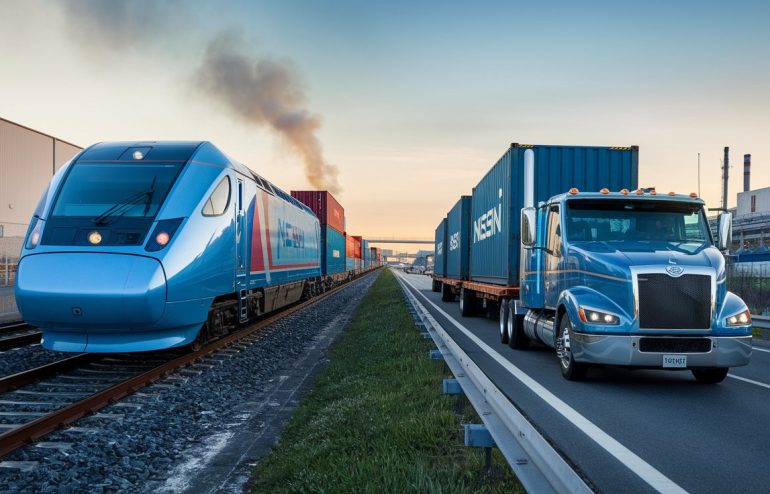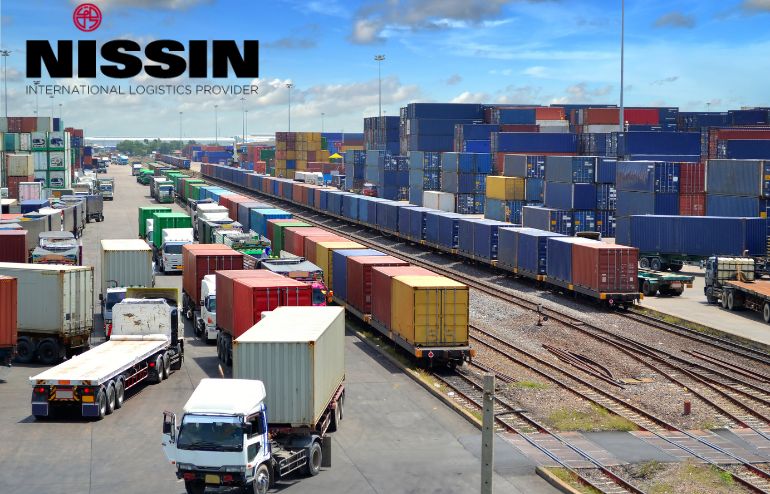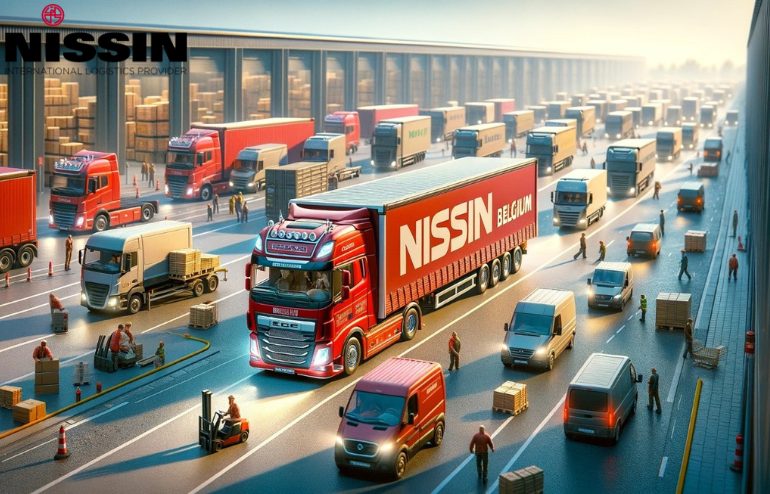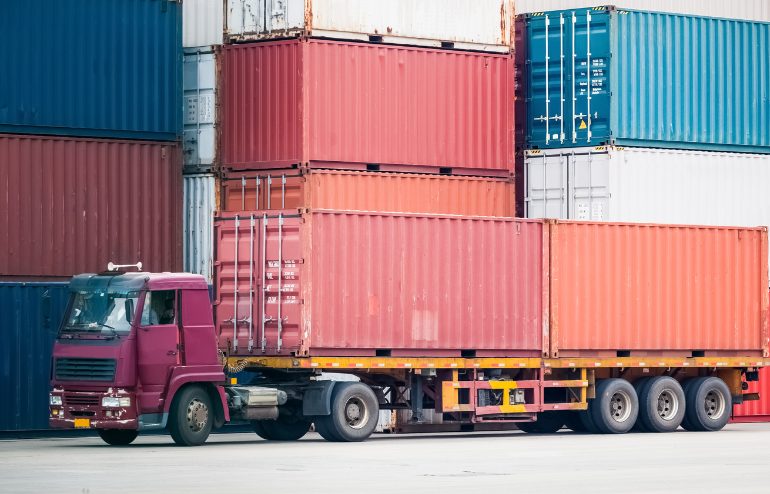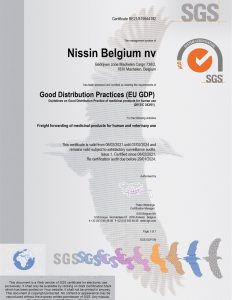When it comes to shipping your car, the right partner makes all the difference. Don’t let the process overwhelm you—find a trusted auto transport company, and rest easy knowing your vehicle is in good hands. Here’s everything you need to know about choosing the right car transportation services.
1. Assess Your Shipping Needs
The first step in how to choose a car transport company is identifying your specific shipping needs. Are you shipping a car locally or across state lines? Do you need long-distance car shipping or a quick, local solution? Knowing the type of service you need is key to making an informed choice.
If you are shipping a luxury or classic car, consider enclosed transport for added protection during the journey.
2. Research Reliable Car Shipping Companies
To choose a reliable provider, look for customer reviews and ratings that highlight their reputation and service quality. A good company will be transparent about its services, offer clear communication, and provide a history of successful deliveries.
Additionally, focus on those with strong customer satisfaction in their vehicle shipping services to confirm your vehicle will be handled with care and delivered on time.
3. Check for Licensing and Insurance
As part of your research, verify that the car transport company is licensed and insured. Proper licensing means the company complies with industry standards, while insurance protects in the unlikely event of damage to your vehicle during transport.
As such, you ask for proof of insurance coverage and confirm it covers any potential damage during shipping, especially for long-distance car shipping.
4. Understand the Auto Transport Process
Shipping a car typically involves scheduling the shipment, providing necessary details about your vehicle, and choosing your preferred transport option. Door-to-door auto transport is a popular service, where the company picks up and delivers your car directly to your location.
However, you might also opt for terminal-to-terminal shipping, where your vehicle is dropped off and picked up from a designated terminal.
5. Explore the Types of Shipping Options Available
Car transport companies usually offer a range of options to suit different needs and budgets. Common services include:
5.1 Open Transport: This is the most economical option, where your vehicle is transported on an open carrier. While it is generally safe, the car is exposed to the elements during transport.
5.2 Enclosed Transport: For high-end or classic vehicles, enclosed transport provides added protection, keeping the vehicle safe from weather, dirt, and debris.
5.3 Expedited Shipping: If you need your vehicle delivered in a shorter time frame, expedited shipping can be arranged at an additional cost.
6. Request Multiple Quotes
It’s important to get quotes from several reliable car shipping companies to compare prices and services. While it’s tempting to go with the lowest quote, keep in mind that the cheapest option may not always be the best choice.
Moreover, make sure to ask about all potential fees, such as fuel surcharges or additional costs for expedited shipping. A clear understanding of the costs involved will help you make the right decision.
7. Look for Strong Customer Support
Quality customer service is a hallmark of a reputable auto transport company. Opt for companies that offer clear and consistent communication throughout the shipping process. You should be able to reach their support team easily if you have any questions or need updates on your vehicle’s status.
Look for companies that offer real-time tracking so you can follow your vehicle’s journey.
8. Nissin Belgium Services for Auto Transport
At Nissin Belgium, we offer specialized vehicle shipping services to meet the unique needs of each customer. Our expert team provides solutions for long-distance, door-to-door transport, and other vehicle shipping options. Here’s how we can assist:
8.1 Long-Distance Car Shipping: Need to move a vehicle across state lines? Our efficient long-distance shipping options maintain timely delivery.
8.2 Door-to-Door Auto Transport: We pick up and deliver your car directly to your location, saving you time and effort.
8.3 Full Insurance Coverage: We provide complete insurance coverage for your vehicle throughout the transport process, giving you peace of mind.
8.4 Expedited Shipping: Need your car sooner? We offer expedited services to meet your time-sensitive requirements.
8.5 Track Your Shipment: We offer tracking services, allowing you to monitor the progress of your shipment. This can help you stay informed and reduce any anxiety about the delivery timeline.
9. Preparing Your Vehicle for Transport
9.1 Wash Your Car: Cleaning your vehicle helps you spot any existing damage that should be documented before shipping.
9.2 Remove Personal Items: Most companies don’t allow personal items in the vehicle during transport due to safety and liability concerns.
9.3 Check for Leaks: Verify your vehicle is free of leaks, as this can complicate the shipping process.
9.4 Document the Condition: Take detailed photos of your car to record its condition before transport. This is important in case there’s any damage during shipping.
Final Thoughts
Choosing the right car transportation company involves careful research and understanding of your needs. From long-distance car shipping to door-to-door auto transport, selecting a provider with the right services and reputation can make all the difference in your experience.
By following the above steps, you can be confident that your vehicle will be shipped safely and efficiently.
For professional vehicle shipping services, reach out to Nissin Belgium at +32 2 751 44 99 or email HowCanIHelpYou@be.nissin-eu.com.




